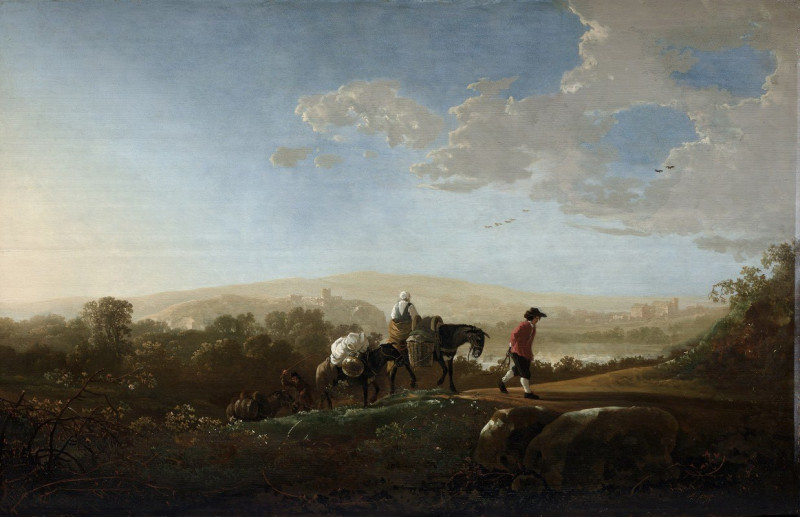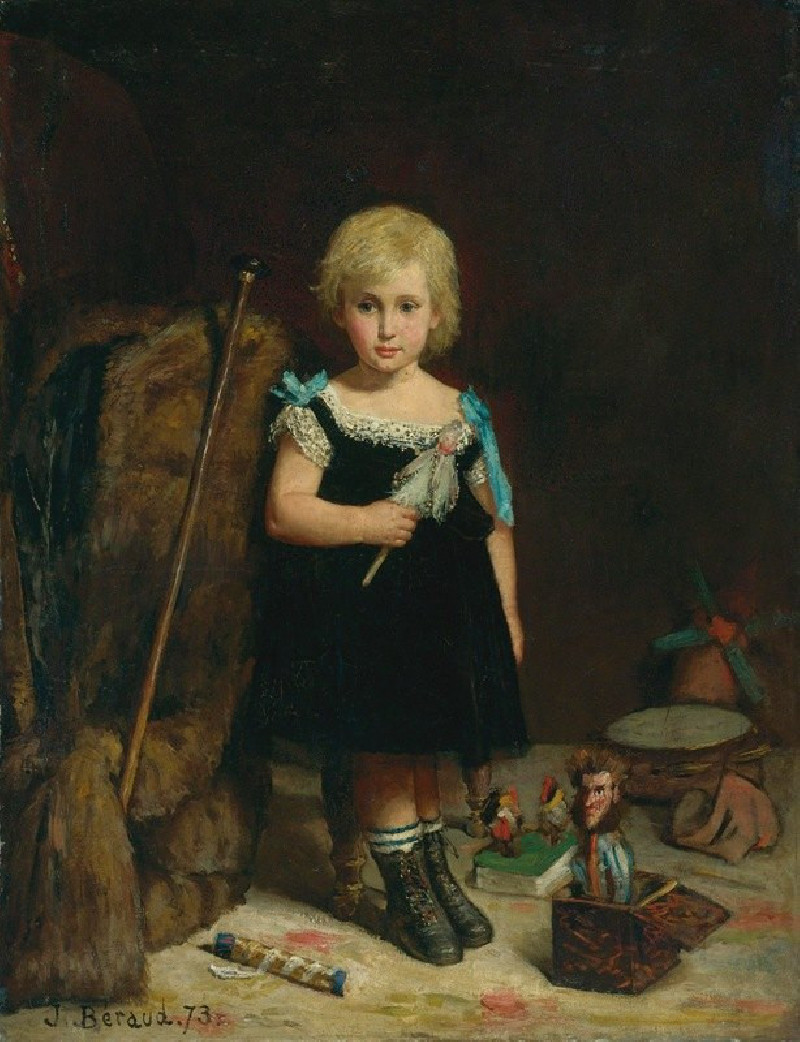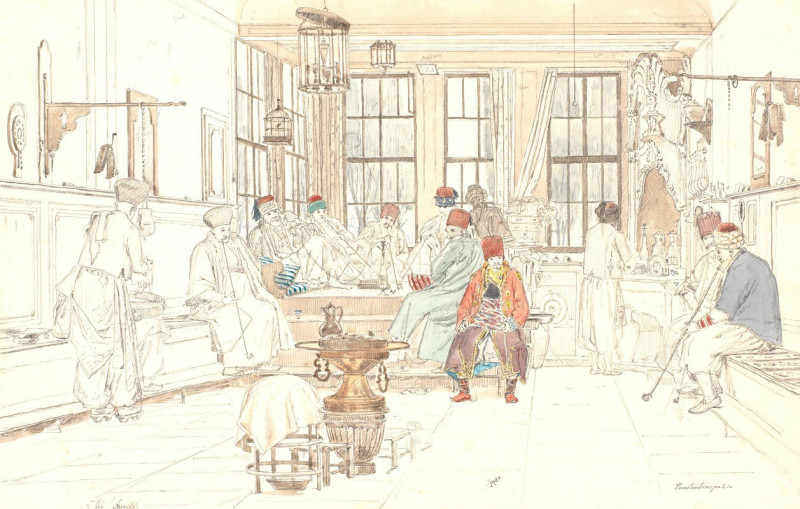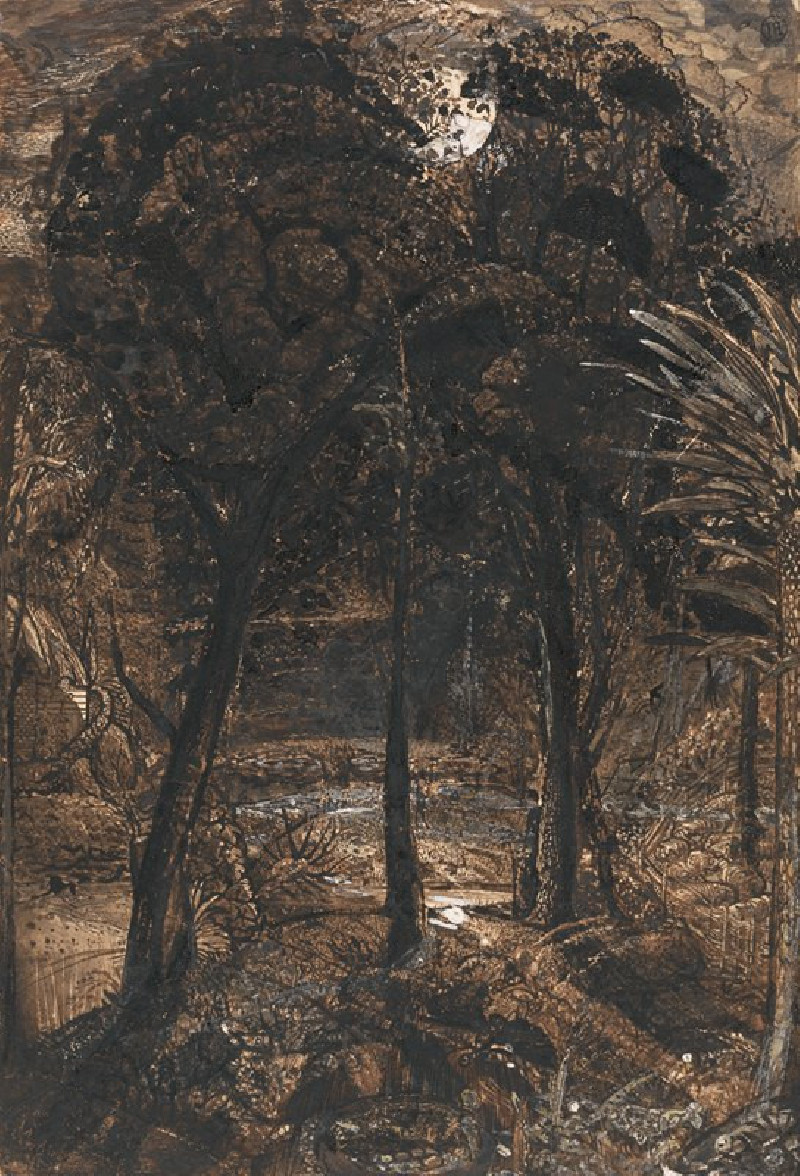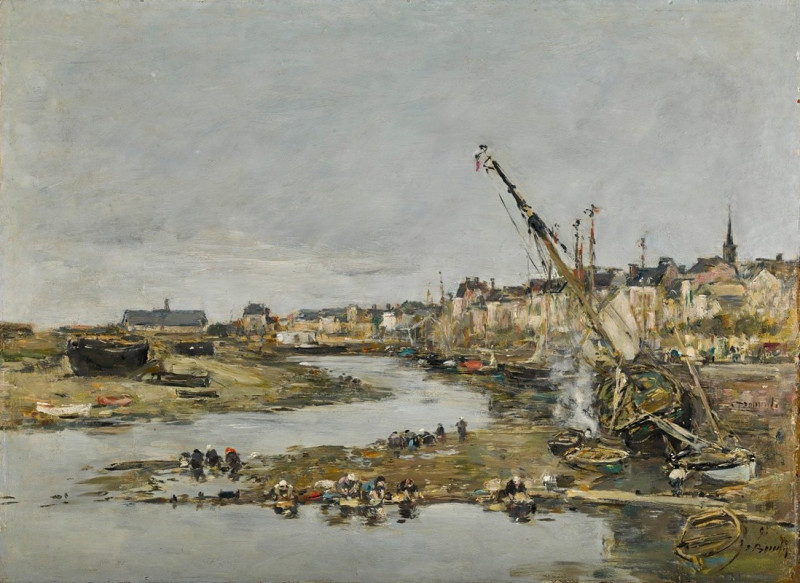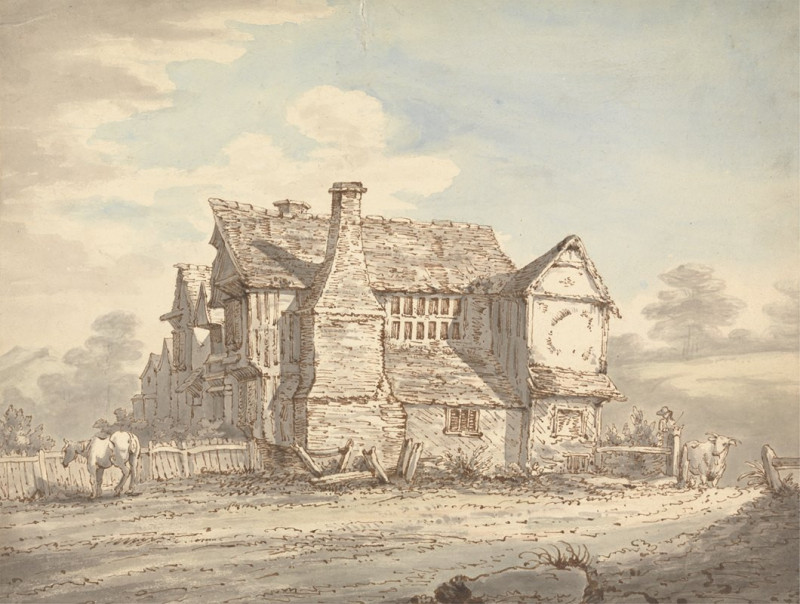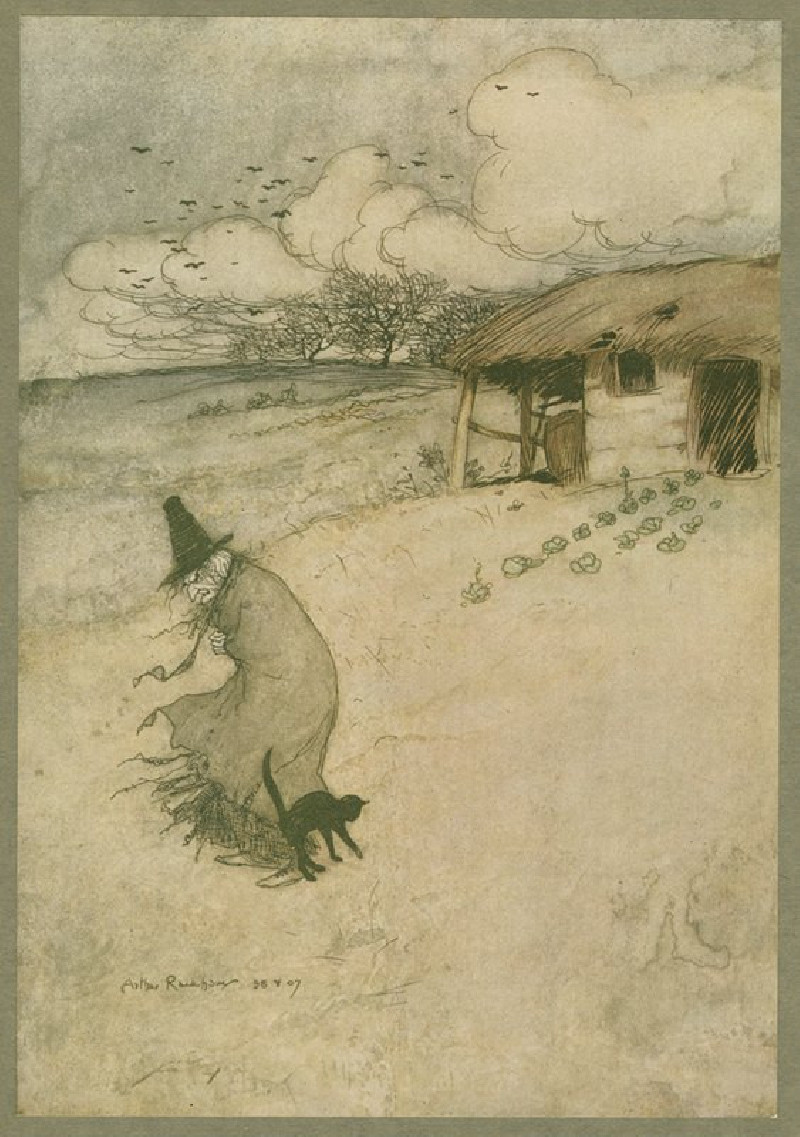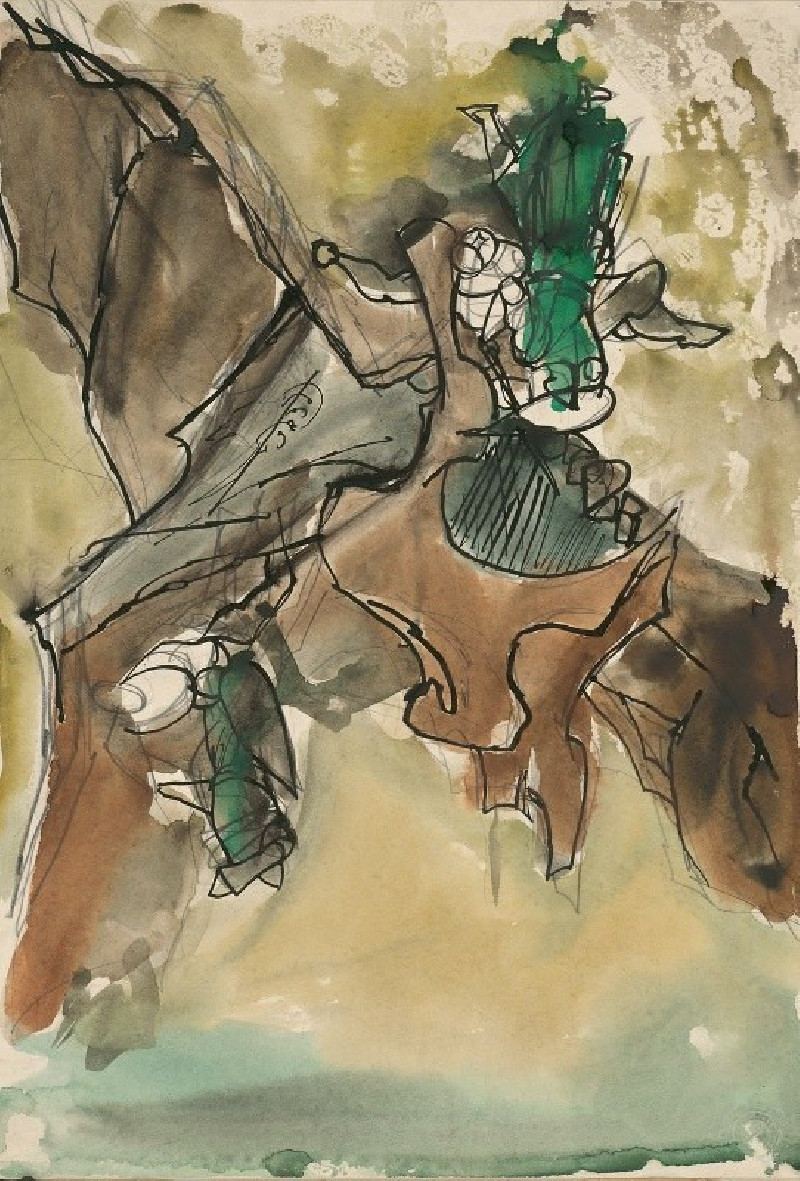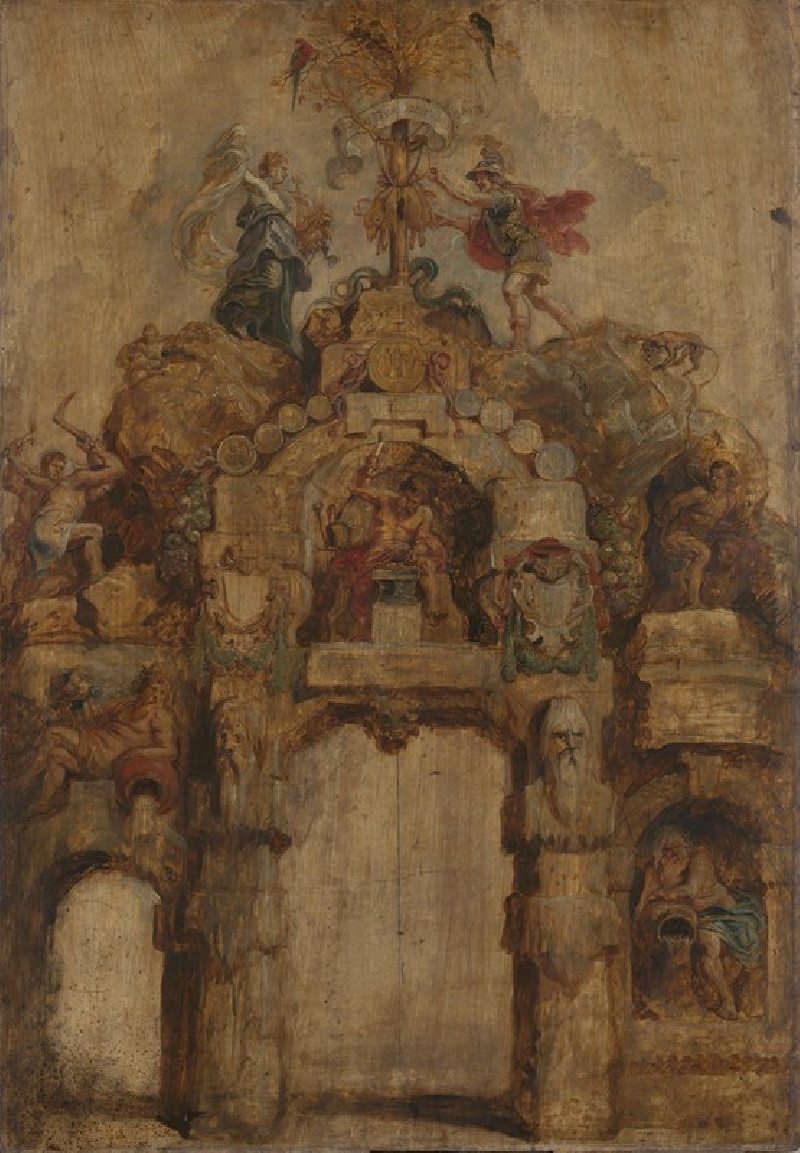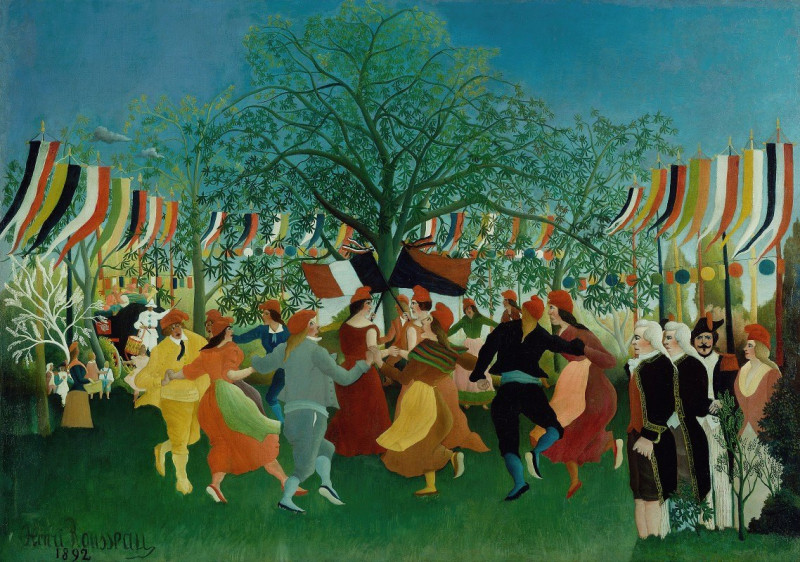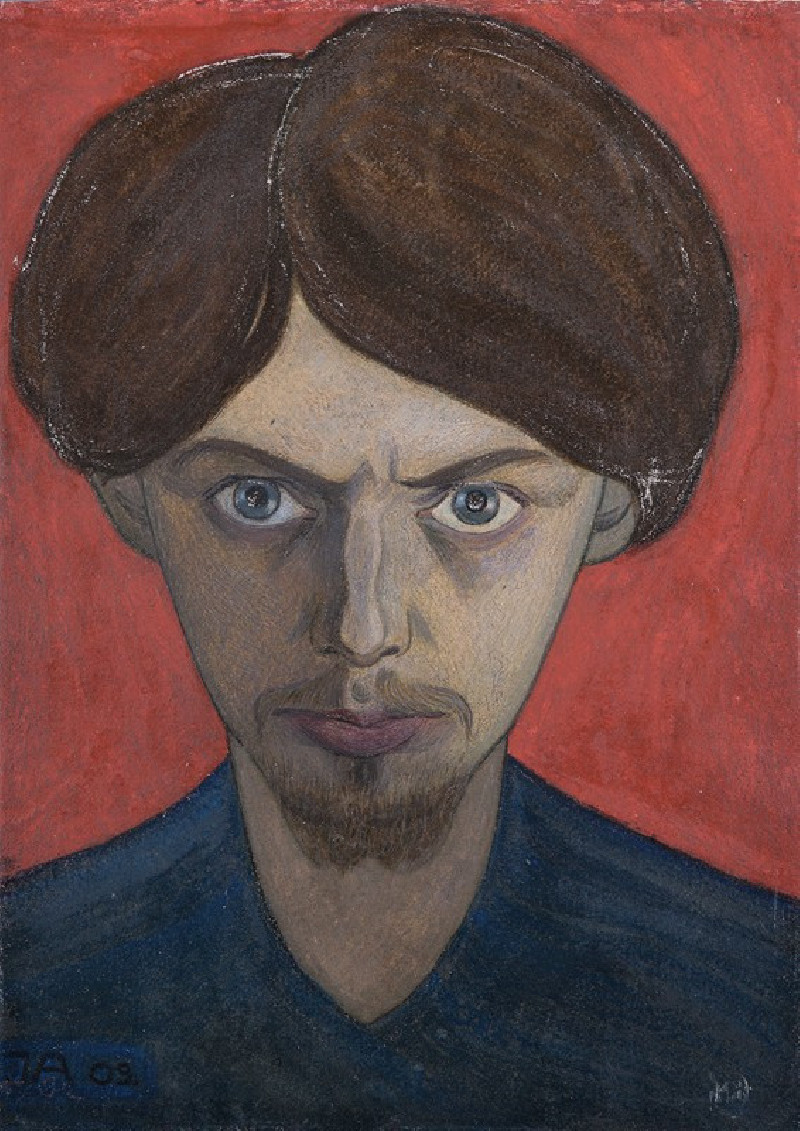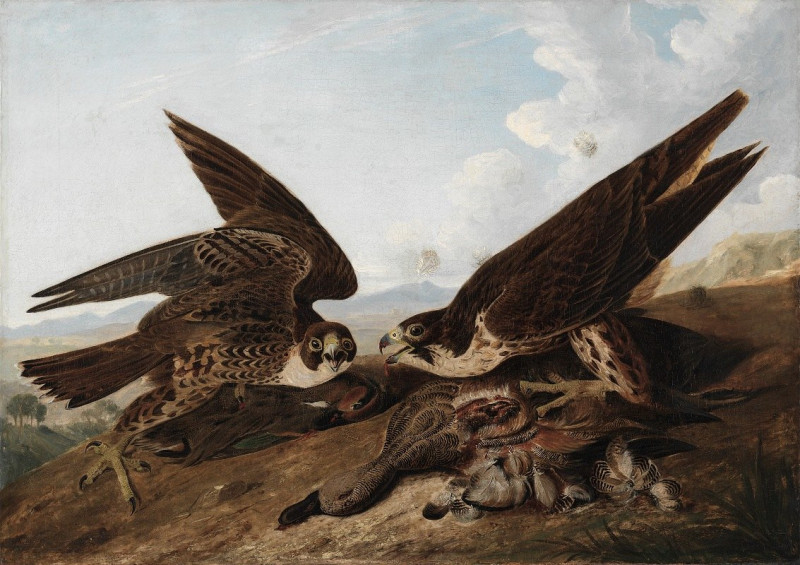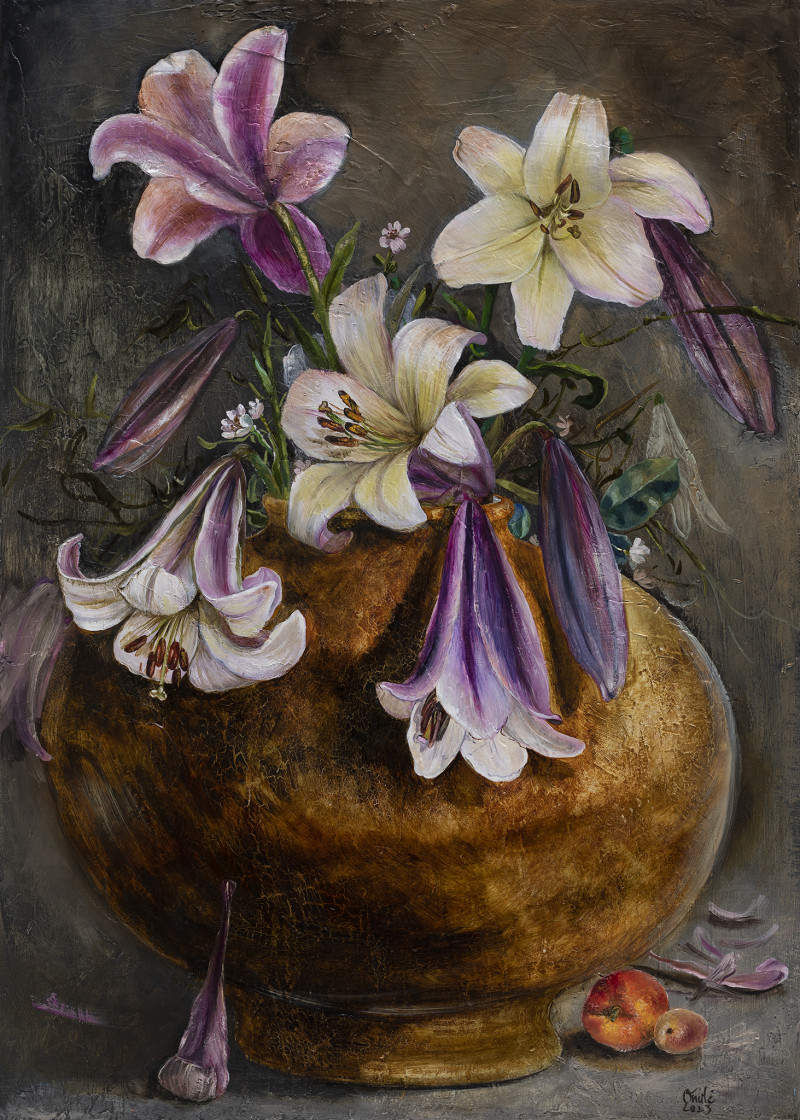Landscape at Louveciennes (1870)
Technique: Giclée quality print
Recommended by our customers
More about this artwork
Capture a glimpse of rural tranquility in Camille Pissarro's "Landscape at Louveciennes," painted in 1870. This captivating scene is set in the quaint village of Louveciennes, where Pissarro resided for a period, drawn to its serene landscapes and pastoral charm.The painting depicts a gentle, autumnal day with soft, diffuse light that spreads warmly over a rural landscape. In the foreground, two figures, possibly a mother and child, pause on a dirt path amid tall, slender trees that frame the scene. The mother, dressed in a long blue garment, holds a basket, suggesting a return from a market or a day of gathering, while the child beside her seems to engage in light conversation, creating a moment of everyday life frozen in time.Beyond these figures, the canvas opens up to a mix of rustic houses and lush greenery, suggesting the quiet hum of village life. The earthy tones and scattered foliage, touched with the early signs of fall, complement the tranquil atmosphere, engulfing the viewer in a peaceful embrace.Pissarro’s brushwork is expressive yet detailed, capturing the rustic charm of Louveciennes and the simplicity of life away from the bustling city centers. His use of color and light shows his profound connection with nature and his mastery in portraying its ever-changing moods."Landscape at Louveciennes" not only reflects Pissarro's keen observation of nature and human interaction within it but also serves as a portal to the tranquil, everyday moments that are often overlooked.
Delivery
Returns
Blessed are they who see beautiful things in humble places where other people see nothing. — Camille Pissarro
Camille Pissarro (1830-1903) was born on St.Thomas (now the US Virgin Islands) to a Portuguese father and a Dominican mother. He went to Paris to study art at Ecole des Beaux-Arts. He was an early pioneer of pointillism and neo-impressionism and later became a mentor of many famous impressionist painters including Cezanne, Manet, Renoir, and Gauguin. His paintings depicted rural and urban French landscapes and lifestyle. Many of his works politically captured images of peasants and laborers. Today, he is considered the father of impressionism.
































